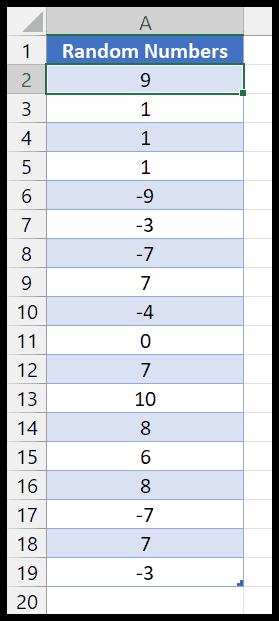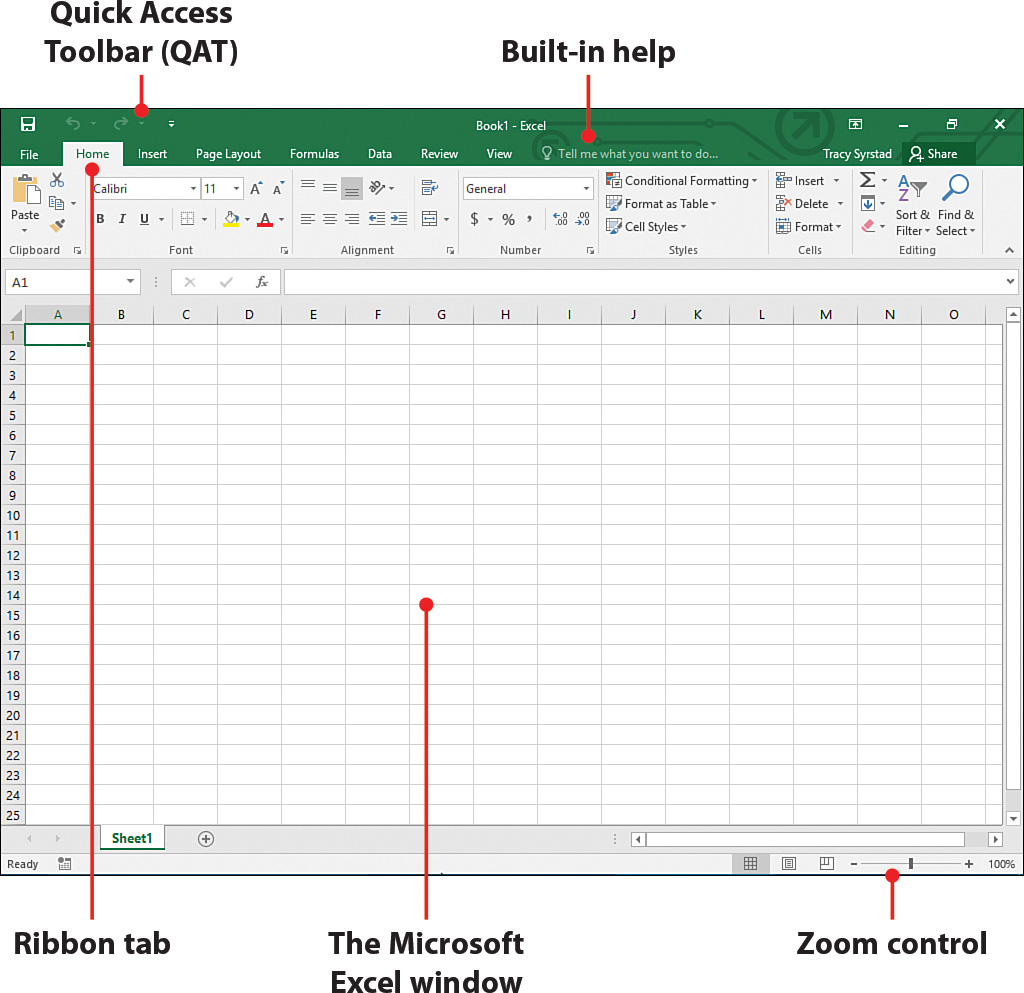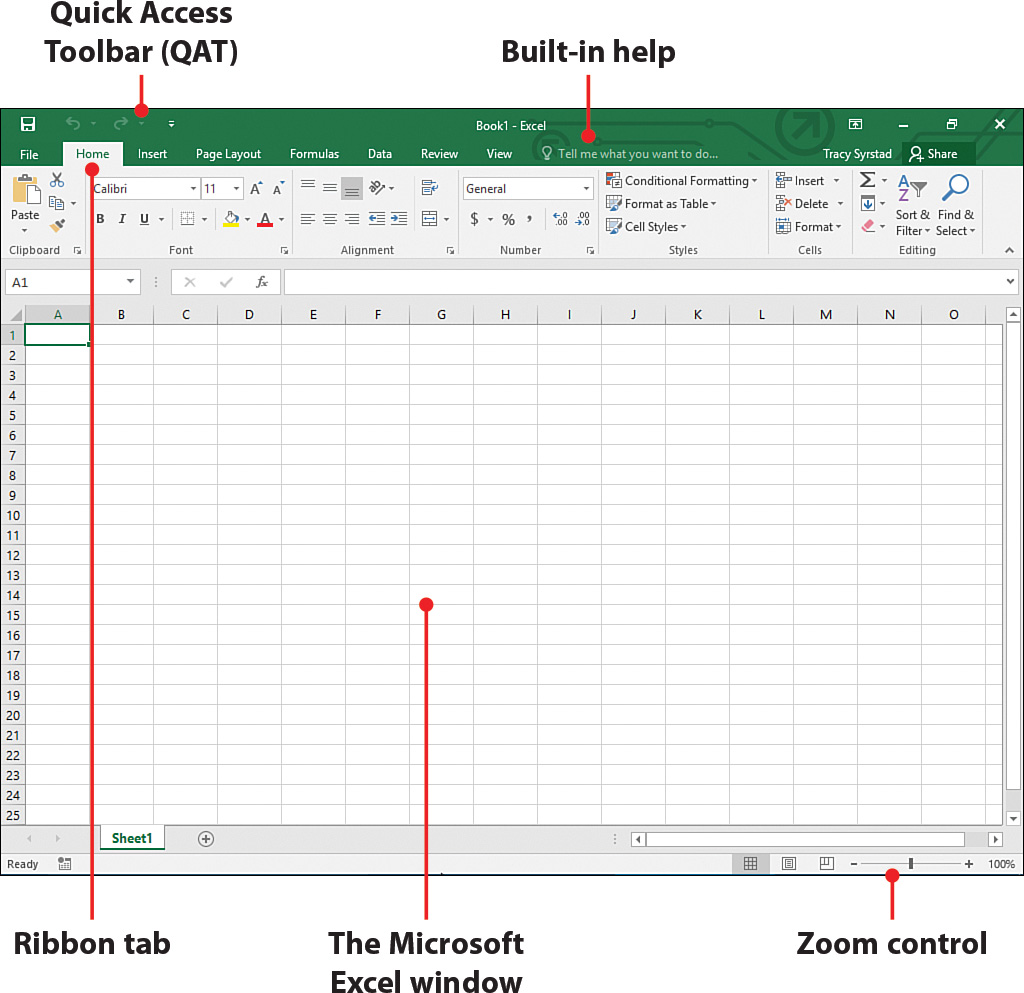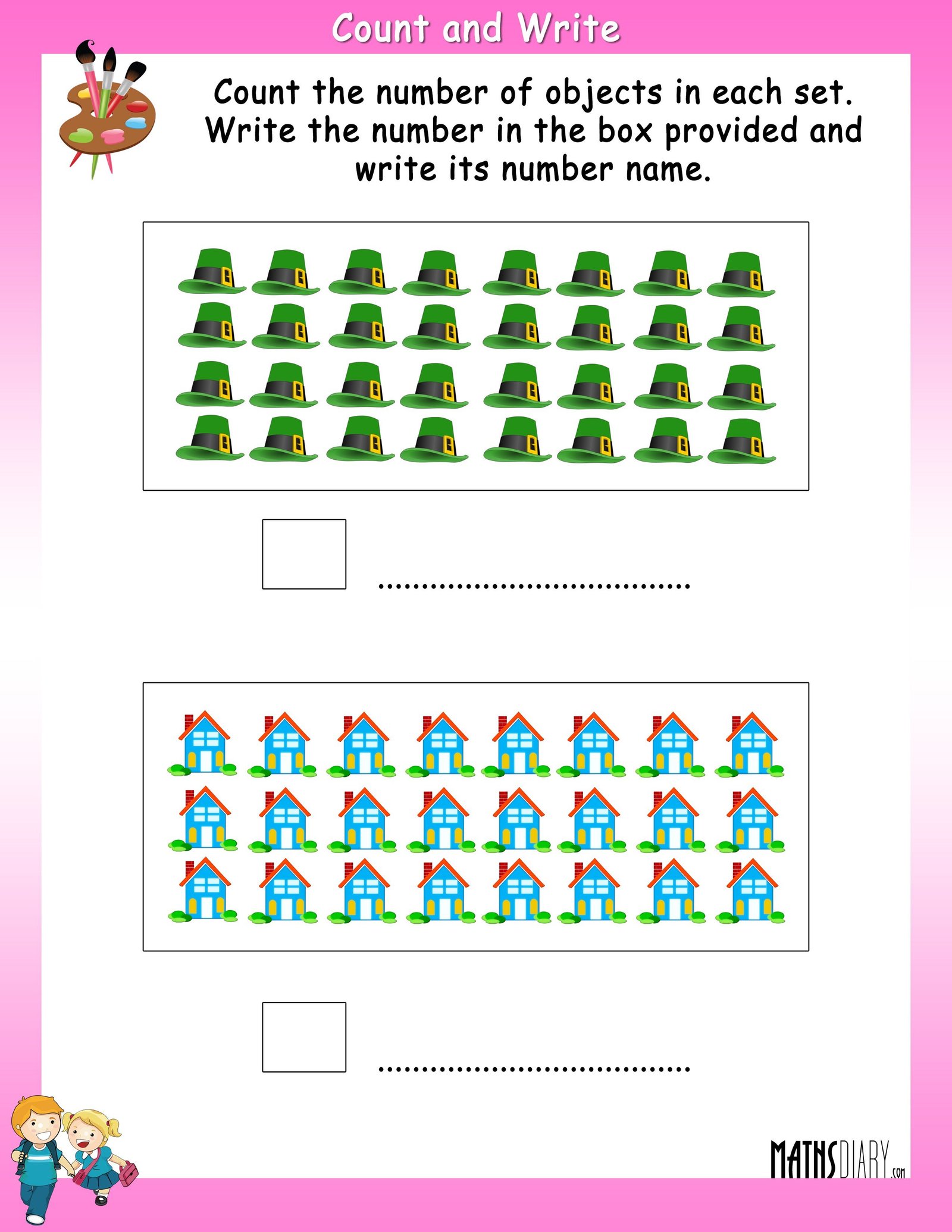4 Ways to Countif in Excel

Excel, the ubiquitous spreadsheet software from Microsoft, has become an indispensable tool for professionals across various industries. Among its many powerful features, the COUNTIF function stands out as a versatile and handy tool for data analysis and management. This function allows users to count cells that meet specific criteria, providing valuable insights and simplifying complex data manipulations. In this comprehensive guide, we will delve into the intricacies of the COUNTIF function, exploring its applications, syntax, and practical examples to empower you with the skills to harness its full potential.
Understanding the COUNTIF Function

The COUNTIF function is a built-in Excel feature that enables users to count cells based on a given condition or criteria. It is particularly useful when working with large datasets, as it allows for quick and efficient data summarization and analysis. The function takes two main arguments: the range of cells to be evaluated and the criteria against which these cells are assessed.
Syntax and Basic Usage
The basic syntax for the COUNTIF function is as follows:
=COUNTIF(range, criteria)
Here’s a breakdown of the parameters:
- range: This represents the group of cells that you want to evaluate. It can be a single column, a row, or a rectangular range of cells.
- criteria: The criteria specify the condition that the cells in the range must meet. It can be a number, text, or a logical expression.
For instance, if you want to count the number of cells in a range that contain the value “Apple,” you would use the following formula:
=COUNTIF(A2:A10, “Apple”)
This formula will return the count of cells containing the word “Apple” in the range A2 to A10.
Advanced Techniques with COUNTIF

While the basic COUNTIF function is powerful in its own right, Excel offers several advanced techniques and combinations with other functions to enhance its capabilities.
Using COUNTIF with Logical Operators
Excel supports the use of logical operators such as “greater than” (>), “less than” (<), “greater than or equal to” (>=), “less than or equal to” (<=), and “equal to” (=) within the criteria argument of the COUNTIF function. This allows you to count cells that meet more complex conditions.
For example, to count cells containing values greater than 50, you would use:
=COUNTIF(B2:B10, “>50”)
Similarly, to count cells containing values equal to or less than 20, you can use:
=COUNTIF(C2:C10, “<=20”)
Combining COUNTIF with Other Functions
COUNTIF can be combined with other Excel functions to perform more sophisticated data manipulations. For instance, you can use the SUM function along with COUNTIF to calculate the sum of values that meet certain conditions.
Here’s an example where we use COUNTIF to count cells with values greater than 100 and then sum those values:
=SUM(COUNTIF(D2:D10, “>100”), D2:D10)
Using Wildcards with COUNTIF
Excel supports the use of wildcards within the criteria argument of COUNTIF, allowing for more flexible and powerful pattern matching. Wildcards include the question mark (?) to match any single character and the asterisk () to match any sequence of characters.
For example, to count cells containing values that start with the letter “B,” you can use:
=COUNTIF(E2:E10, “B”)
Real-World Applications of COUNTIF
The COUNTIF function finds extensive use in various real-world scenarios, making it an indispensable tool for data analysts, financial professionals, and anyone working with large datasets.
Sales and Marketing Analysis
In sales and marketing, COUNTIF can be used to analyze customer data and identify trends. For instance, you can count the number of customers from a specific region or those who have made purchases above a certain threshold.
Consider the following example where we count the number of customers who have spent more than $500:
=COUNTIF(F2:F100, “>500”)
Financial Analysis and Budgeting
Financial analysts and accountants can leverage COUNTIF to perform budget analysis and tracking. By setting criteria based on expense categories or budget periods, they can quickly assess financial data.
For example, to count the number of transactions in a given month, you can use:
=COUNTIF(G2:G100, “January”)
Inventory Management
In inventory management, COUNTIF is useful for tracking stock levels and identifying low or high-demand items. By counting items based on their categories or sales performance, businesses can optimize their inventory.
Here’s an example where we count items with sales above 100 units:
=COUNTIF(H2:H100, “>100”)
Tips and Best Practices for Using COUNTIF
To make the most of the COUNTIF function and ensure accurate results, consider the following tips and best practices:
- Define Clear Criteria: Ensure that your criteria are well-defined and specific to avoid counting unintended cells.
- Use Absolute References: When dealing with large datasets, consider using absolute references ($) in your range argument to prevent unintended shifts in cell references.
- Combine with Other Functions: Explore the potential of combining COUNTIF with other Excel functions like SUM, AVERAGE, or IF to perform more advanced data analysis.
- Test and Validate: Always test your formulas with a small dataset to ensure they work as expected before applying them to larger datasets.
Conclusion

The COUNTIF function in Excel is a powerful tool for data analysis and management. By understanding its syntax, advanced techniques, and real-world applications, you can harness its full potential to streamline your data manipulation tasks. Whether you’re analyzing sales data, tracking budgets, or managing inventory, COUNTIF provides a versatile and efficient way to gain valuable insights from your Excel spreadsheets.
Can I use COUNTIF with multiple criteria?
+Yes, you can use COUNTIF with multiple criteria by combining them using logical operators. For example, you can use =COUNTIF(A2:A10, “>50”&”<100") to count cells with values greater than 50 but less than 100.
How do I handle text criteria with COUNTIF?
+When dealing with text criteria, ensure that the text is enclosed in double quotes. For example, =COUNTIF(B2:B10, “Apple”) will count cells containing the word “Apple.”
Is there a way to count cells based on cell color with COUNTIF?
+Yes, you can use the CELL function with the “color” argument to check cell colors. For example, =COUNTIF(C2:C10, CELL(“color”,C2)) will count cells with a specific color in column C.
Can I use COUNTIF with non-adjacent ranges?
+Yes, you can use non-adjacent ranges by separating them with a comma. For example, =COUNTIF(D2:D10,E2:E10, “>100”) will count cells in range D2:D10 that are greater than the corresponding values in range E2:E10.



